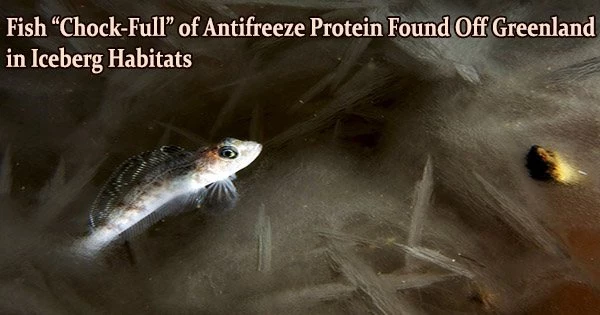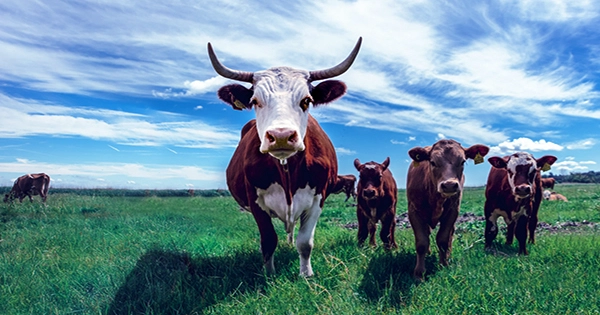The significance of this particular adaptation to living in subzero temperatures is underscored by new study based on an excursion to the frigid waters around Greenland that revealed skyrocketing levels of antifreeze proteins in a species of tiny snailfish.
Researchers at the American Museum of Natural History and the City University of New York (CUNY) conducted the study, which was published today in the journal Evolutionary Bioinformatics. The study also issues a warning that these highly specialized fish may face danger from warming ocean temperatures in the Arctic.
“Similar to how antifreeze in your car keeps the water in your radiator from freezing in cold temperatures, some animals have evolved amazing machinery that prevent them from freezing, such as antifreeze proteins, which prevent ice crystals from forming,” said David Gruber, a research associate at the Museum and a distinguished biology professor at CUNY’s Baruch College.
“We already knew that this tiny snailfish, which lives in extremely cold waters, produced antifreeze proteins, but we didn’t realize just how chock-full of those proteins it is and the amount of effort it was putting into making these proteins.”
Polar oceans’ ice waters present a harsh environment for marine life, including only species equipped with the necessary defenses against subfreezing temperatures.
Arctic seas do not support a high diversity of fish species, and our study hypothesizes that with increasingly warming oceanic temperatures, ice-dwelling specialists such as this snailfish may encounter increased competition by more temperate species that were previously unable to survive at these higher northern latitudes.
John Sparks
Fishes cannot tolerate even partial freezing of their bodily fluids, unlike other species of reptiles and insects. As a result, they are dependent on antifreeze proteins, which are predominantly generated in the liver, to stop the production of big ice grains inside their cells and body fluids.
Since scientists first learned that fishes can produce these specialized proteins roughly 50 years ago, they have discovered that antifreeze proteins are produced by five distinct gene families.
Gruber and co-author John Sparks, a curator in the Department of Ichthyology at the Museum, were intrigued by the juvenile variegated snailfish, Liparis gibbus’s biofluorescence, which led them to focus on the antifreeze proteins of the fish.
In 2019, as part of a Constantine. S. Niarchos Expedition, Sparks and Gruber were exploring the iceberg habitats off the coast of Eastern Greenland when they found a juvenile variegated snailfish glowing in green and red.
In the Arctic, where there are lengthy stretches of darkness, biofluorescence the capacity to change blue light into green, red, or yellow light is uncommon. To yet, the only polar fish known to biofluoresce is the snailfish.
Further research on the biofluorescent characteristics of snailfish led to the discovery of two distinct gene families that code for antifreeze proteins. The snailfish genes have the greatest antifreeze protein expression levels ever seen, underscoring their significance to these creatures’ survival and raising concerns about how they would fare in a warming world.
“Since the mid-20th century, temperatures have increased twice as fast in the Arctic as in mid-latitudes and some studies predict that if Arctic sea ice decline continues at this current rate, in the summer the Arctic Ocean will be mostly ice-free within the next three decades,” Sparks said.
“Arctic seas do not support a high diversity of fish species, and our study hypothesizes that with increasingly warming oceanic temperatures, ice-dwelling specialists such as this snailfish may encounter increased competition by more temperate species that were previously unable to survive at these higher northern latitudes.”
Other authors on this study include John Burns, American Museum of Natural History and the Bigelow Laboratory for Ocean Sciences; Jean Gaffney, CUNY; and Mercer Brugler, American Museum of Natural History and the University of South Carolina Beaufort.
This research was generously supported by the Stavros Niarchos Foundation through an AMNH Constantine S. Niarchos Expedition grant.
















